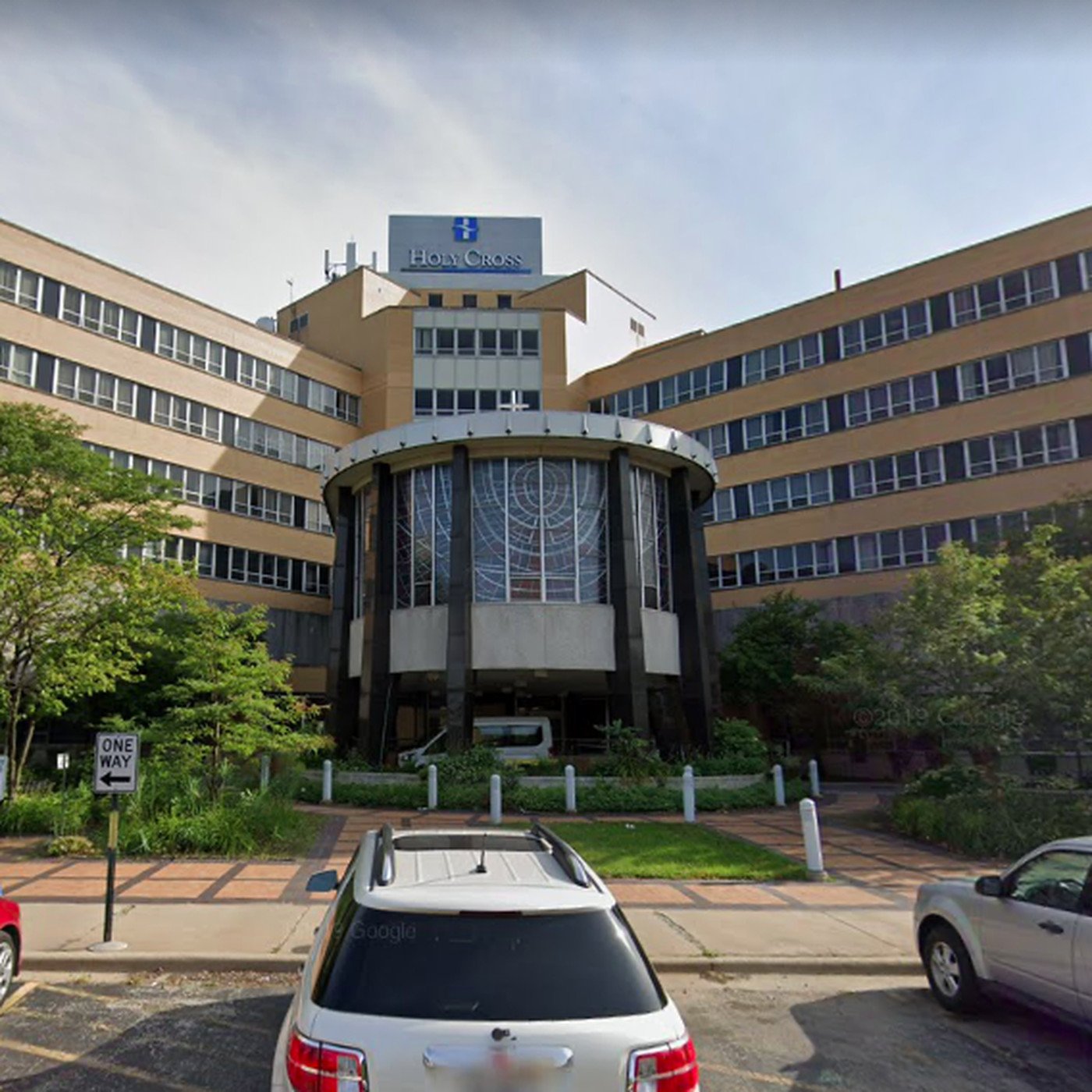
Bringing Behavioral Health Care to a Medically-Underserved Community
CHALLENGE
A safety net community teaching health system in the heart of one of America’s largest cities was struggling with a regular influx of behavioral health patients requiring acute assessment and stabilization services. With behavioral health resources limited across the region, uninsured and underinsured patients struggled to access behavioral healthcare services. Many patients could spend days boarding in the emergency department awaiting acceptance into a behavioral health facility. Realizing this unmet need was placing a strain on already limited resources, the client sought to add behavioral health programming using vacant spaces on one of their acute care campuses. The health system wanted to extend beyond basic behavioral healthcare services, instead developing a model that embraced community resources, acute assessment and stabilization.
20+ stakeholder interviews
Operational analysis
Shadowing + direct observation
Clinical functionality assessment
Patient consumer demographic analysis
Patient consumer experiential analysis
Co-creation sessions to explore tomorrow’s behavioral healthcare and the consumer experience
Process mapping for patient intake and throughput
Customized demand projections
Key room forecast
Space programming
Concept development
APPROACH
The project began with the client uncertain as to how to approach the challenge, other than knowing they wanted to pursue a solution. Our team began by assessing the current state of behavioral health care deliver across the health system. A deep dive was undertaken to explore access and psychosocial barriers standing between members of the community and high-quality, effective behavioral health care.
Understanding the opportunity and the challenges to be solved, facilitated planning session were conducted with stakeholders across the client organization. Patient access, medical clearance, acute assessment and stabilization, inpatient care and transition to community-based resources were all explored. The newly developed model of care guided the creation of building renovation concepts that were iterated during collaboration sessions with the client.
RESULTS
Upon approval of the concept, the client proceeded with design and construction of the city’s first Crisis Stabilization Unit for behavioral health care. The unit is designed to provide rapid assessment of patient in crisis with transition to the appropriate level and site of care including community-based, partial hospitalization and inpatient services. The unit is also equipped to provide short-term stabilization services for patients requiring less than 72 hours of hospital-based services.
In addition to the crisis stabilization unit, an inpatient behavioral health unit was opened on a renovated inpatient unit. Designed with all behavioral health safety measures integrated, the inpatient unit provides a therapeutic milieu while ensuring the safety, security and dignity of patients, visitors and providers.
12
bed crisis stabilization unit
24
bed inpatient unit